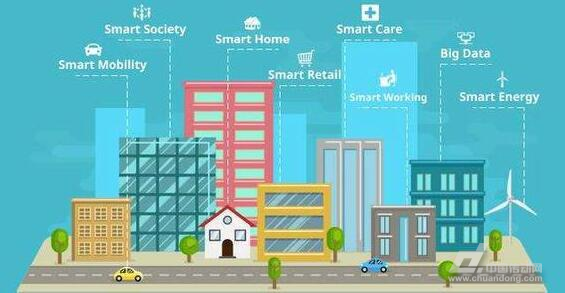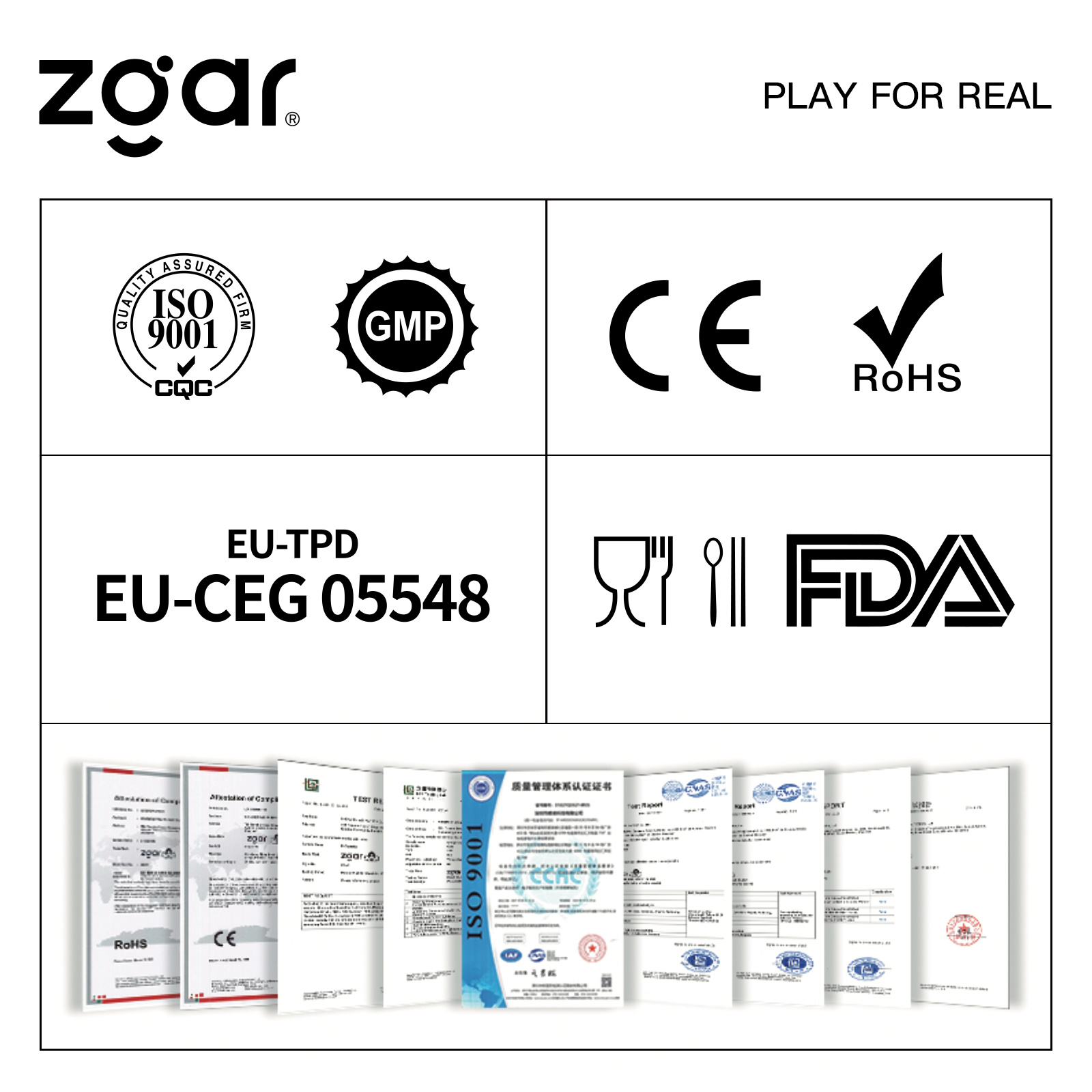Since the “Thirteenth Five-Year Plan†was released, the smart city and the construction of the Internet of Things have once again put sensors on the radar. In the current situation, whether it is China or the world, building a smart community has become an irreversible trend. In this environment, the sensor as a "bridge" of smart cities will inevitably usher in an industry explosion.
It is predicted that in the next decade, the number of sensor terminals connected to smart cities in the world will reach 40 billion. There is no doubt that smart cities will become another 100 billion market for the sensor industry. In the areas of urban life such as smart grid, intelligent transportation, and smart security, the substantive construction and pilot planning of relevant smart cities have been gradually carried out.

The Application of Sensors in the Construction of Smart City
The basic requirement of a smart city is the connection of objects in the city. Each object that needs to be identified and managed needs to have a corresponding sensor installed. Therefore, the upgrading of sensors has become the key to the rapid development of smart cities.
Sensor application in automatic driving
First talk about the most popular areas of automatic driving, the use of sensors have reached more than 100 billion yuan. Automatic vehicles are cars that can be driven automatically with little manual intervention and are likely to represent future driving trends. According to the IHS Automotive Research Report, the automotive sensor market that has helped create this engineering miracle has emerged and will continue to grow at a high rate in the coming years.
For example, from the most basic part of the field of autopilot, parking aid sensors and lane departure warning sensors will only appear in autopilot applications according to the market demand analysis and investment planning analysis report of China's high-end sensor industry in 2016-2021. Two of the sensors in the group are expected to grow strongly each year for the next five years.
Sensor application in smart transportation
Through the transformation of the traditional transportation system, the smart transportation system enhances the information, intelligence, integration, and networking of the transportation system, intelligently collects traffic information, traffic, noise, road surface, traffic accidents, weather, temperature, etc., thereby protecting people, The mutual exchanges between cars, roads and the environment will improve the efficiency, mobility, safety, accessibility, and economy of the transportation system, and will help protect the environment and reduce energy consumption.
The sensor network composed of sensors can provide an effective means for intelligent traffic system information collection, detect vehicles at each intersection, and improve and simplify and improve signal control and improve traffic efficiency according to the detection results, and truly solve the problems that plagued urban transportation. , smooth and other issues.
Sensors in smart grid applications
The application of sensors in smart grids is to use sensors to quickly and directly measure the quality and fault location of certain power products and perform on-line monitoring. The concept of smart cities and smart grids currently being promoted is fundamental: the establishment of a terminal power information collection system required for smart grids, to a large extent, refers to the construction of sensor networks and smart grids, which directly drives the sensor market. It is to meet the needs of future smart grid upgrades, power system sensors are also thinking of intelligent, systematic, and networked.
From the following figure, the United States spends on smart grids, we find that domestic smart grids still have a large market space, and the application of sensors on smart grids has only just begun!
Smart City Construction Case
Since the beginning of the 21st century, the United States, Britain, Germany, Japan and other countries have carried out the smart city's practice first, and many classic cases have been born. Next, Xiao Bian will briefly introduce you to the case of several smart cities, allowing you to glimpse the status quo and future of foreign smart city construction.
Songdo, South Korea
South Korea has always been at the forefront of the application of new technology countries. The country has the fastest consumer Internet in the world and its culture recognizes the application of new technologies. Therefore, it is not surprising that South Korea has become one of the first countries to try to build smart cities by exploiting the potential of the Internet. In 2001, Korea took the lead in establishing a high-tech city where people can live in the future through the reclamation of the sea: Songdo (Songdo). In Songdo, power facilities that are fully connected to the network will not only provide city managers with information on the current electricity usage, but they will also help local residents control their electricity usage. Traffic information sensors have also been pre-positioned on public roads in Songdo so as to provide the city's traffic departments with specific information on traffic conditions and allow traffic managers to intelligently reset traffic lights to reduce the incidence of traffic jams and traffic accidents. At the same time, it can optimize the distribution of traffic and people flow. These "smart roads" are connected to the central control room through the network and can play an early warning role before the earthquake.
Santander, Spain
Santander, Spain is a medium-sized town. In order to reduce air and noise pollution, Santander has begun to seek the help of technology and become one of the pilot cities for the deployment of large-scale sensors. By launching the "Smart Santander" project, the city has already deployed about 10,000 electronic surveillance equipment. Each device includes two radio transceivers to communicate with other devices, GPS and sensors, and to monitor urban CO2 emissions, noise, temperature, ambient light, and even parking spaces in a particular area. Each monitoring device communicates information in real time over the Internet so that drivers can find the next suitable parking lot via mobile applications or smart signals.
Gloucester, United Kingdom
The most prominent feature of this British town in the process of building a smart city is that it makes full use of sensors and establishes a "smart house" pilot.
In Gloucester City, sensors are installed around the house, and the information returned allows the central computer to control various home devices. The smart house is equipped with a monitoring and communication network with a computer terminal as its core. The use of infrared and inductive cushions can automatically monitor the movement of elderly people in the house. The room is equipped with medical equipment that can measure heart rate and blood pressure for the elderly and automatically transmit the measurement results to relevant doctors.
United States Dubuque
As the first smart city in the United States and the first smart city in the world, the city of Dubuque is characterized by its emphasis on intelligent construction.
The Dubuque City Government, through its cooperation with IBM, plans to use the Internet of Things technology to digitize and connect all of the city's resources, including water, electricity, oil, gas, transportation, and public services, and then monitor, analyze, and integrate data intelligence. Respond to the needs of citizens and reduce the city's energy consumption and costs. The city has taken the lead in completing the data construction of hydropower resources and installing digital water and electricity meters for households and shops in the city. It not only records the use of resources, but also uses low-flow sensor technology to prevent resource leakage. The data recorded by the instrument will be timely reflected on the integrated monitoring platform for analysis, integration and public display.
summary
With the vigorous advancement of smart city construction, the sensor industry will also form a larger market. Experts predict that in the next five years, the annual compound growth rate of the sensor market in China will reach about 30%. It can be said that the Internet of things and smart cities will be the main application market for future sensors.
ZGAR AZ Vape Pods 5.0
ZGAR electronic cigarette uses high-tech R&D, food grade disposable pod device and high-quality raw material. All package designs are Original IP. Our designer team is from Hong Kong. We have very high requirements for product quality, flavors taste and packaging design. The E-liquid is imported, materials are food grade, and assembly plant is medical-grade dust-free workshops.
From production to packaging, the whole system of tracking, efficient and orderly process, achieving daily efficient output. WEIKA pays attention to the details of each process control. The first class dust-free production workshop has passed the GMP food and drug production standard certification, ensuring quality and safety. We choose the products with a traceability system, which can not only effectively track and trace all kinds of data, but also ensure good product quality.
We offer best price, high quality Pods, Pods Touch Screen, Empty Pod System, Pod Vape, Disposable Pod device, E-cigar, Vape Pods to all over the world.
Much Better Vaping Experience!


ZGAR AZ Vape 5.0 Pods,ZGAR AZ Vape Pods 5.0,ZGAR AZ Vape Pods 5.0 Pod System Vape,ZGAR AZ Vape Pods 5.0 Disposable Pod Vape Systems
Zgar International (M) SDN BHD , https://www.szdisposable-vape.com